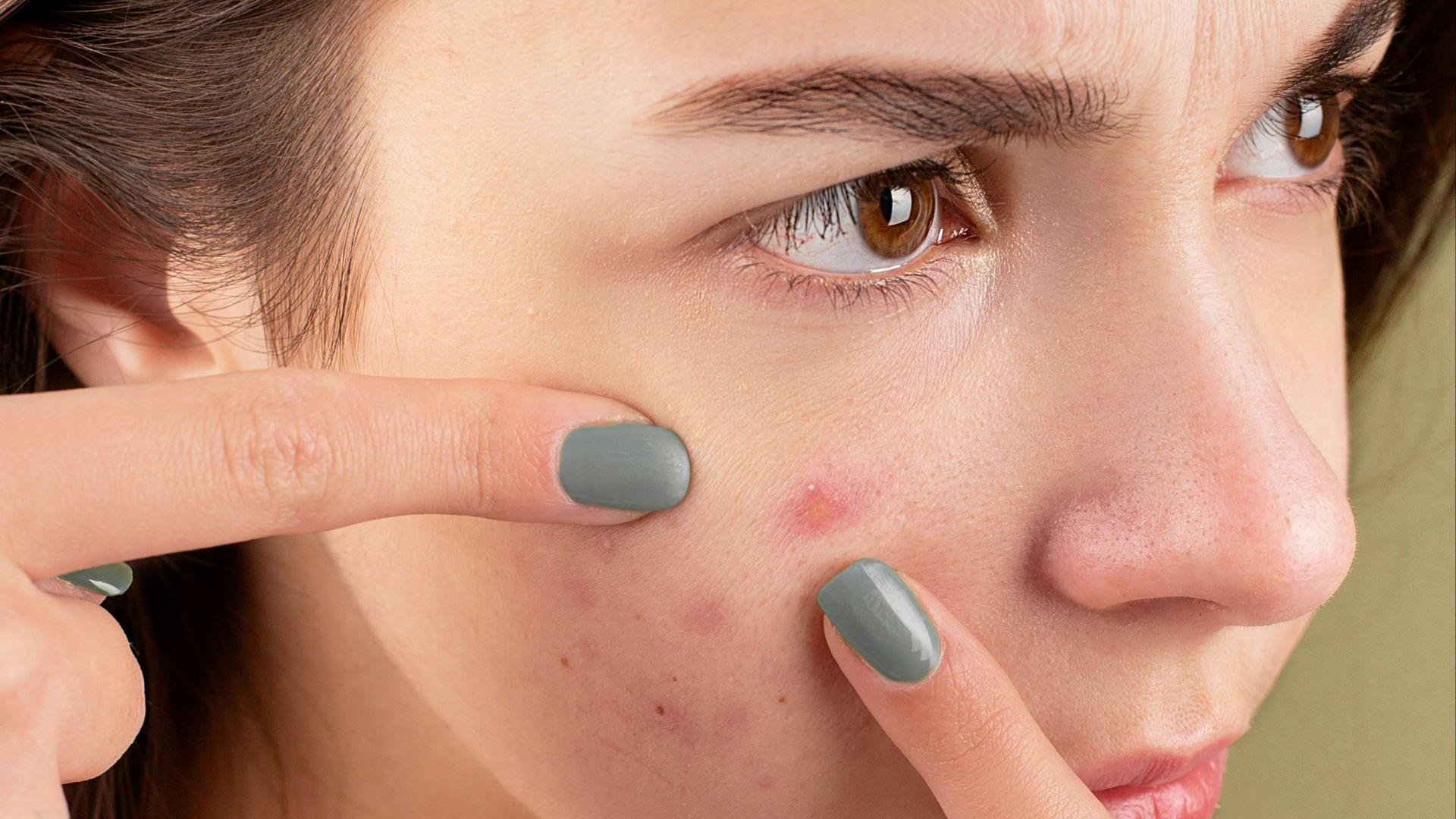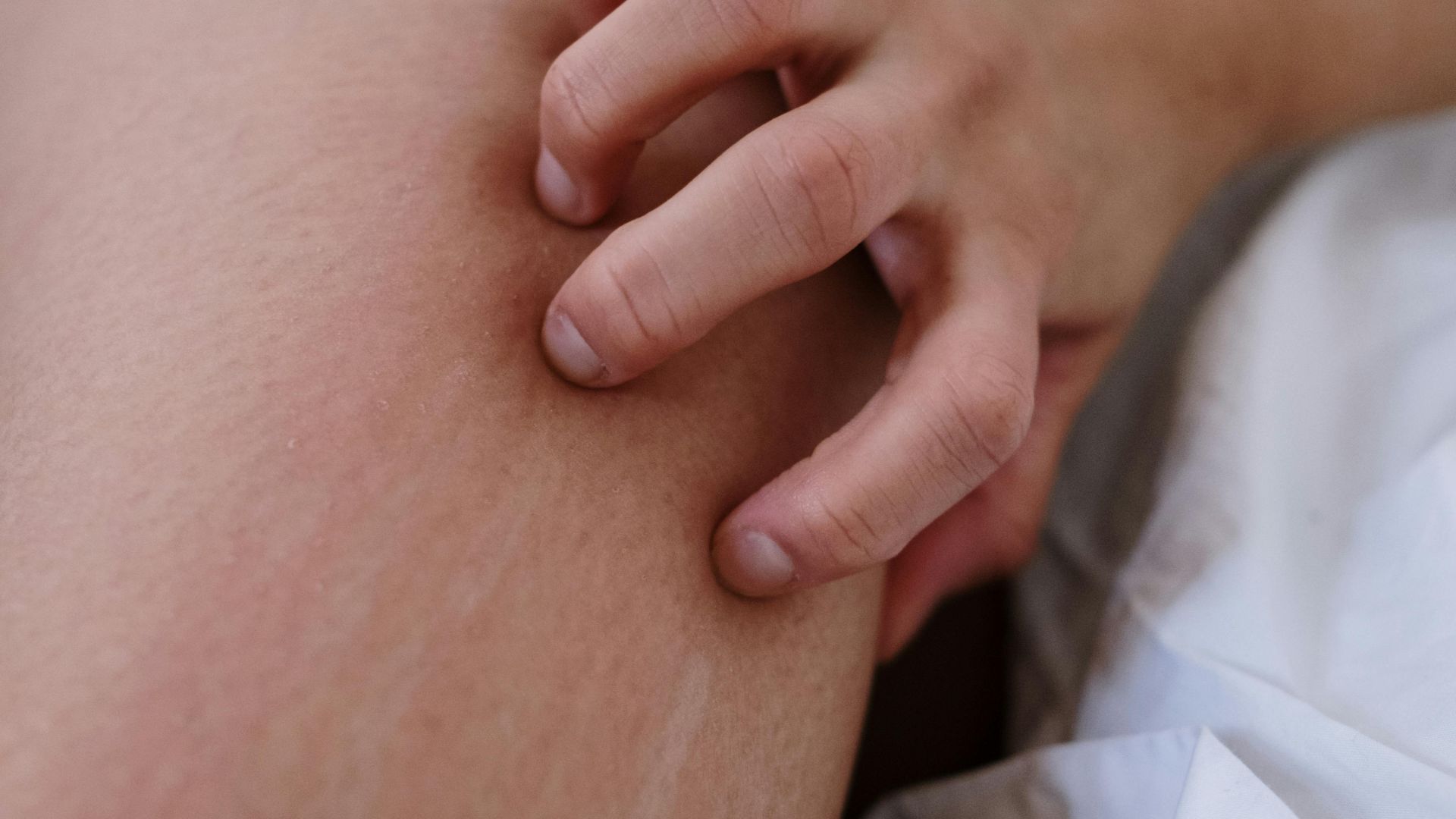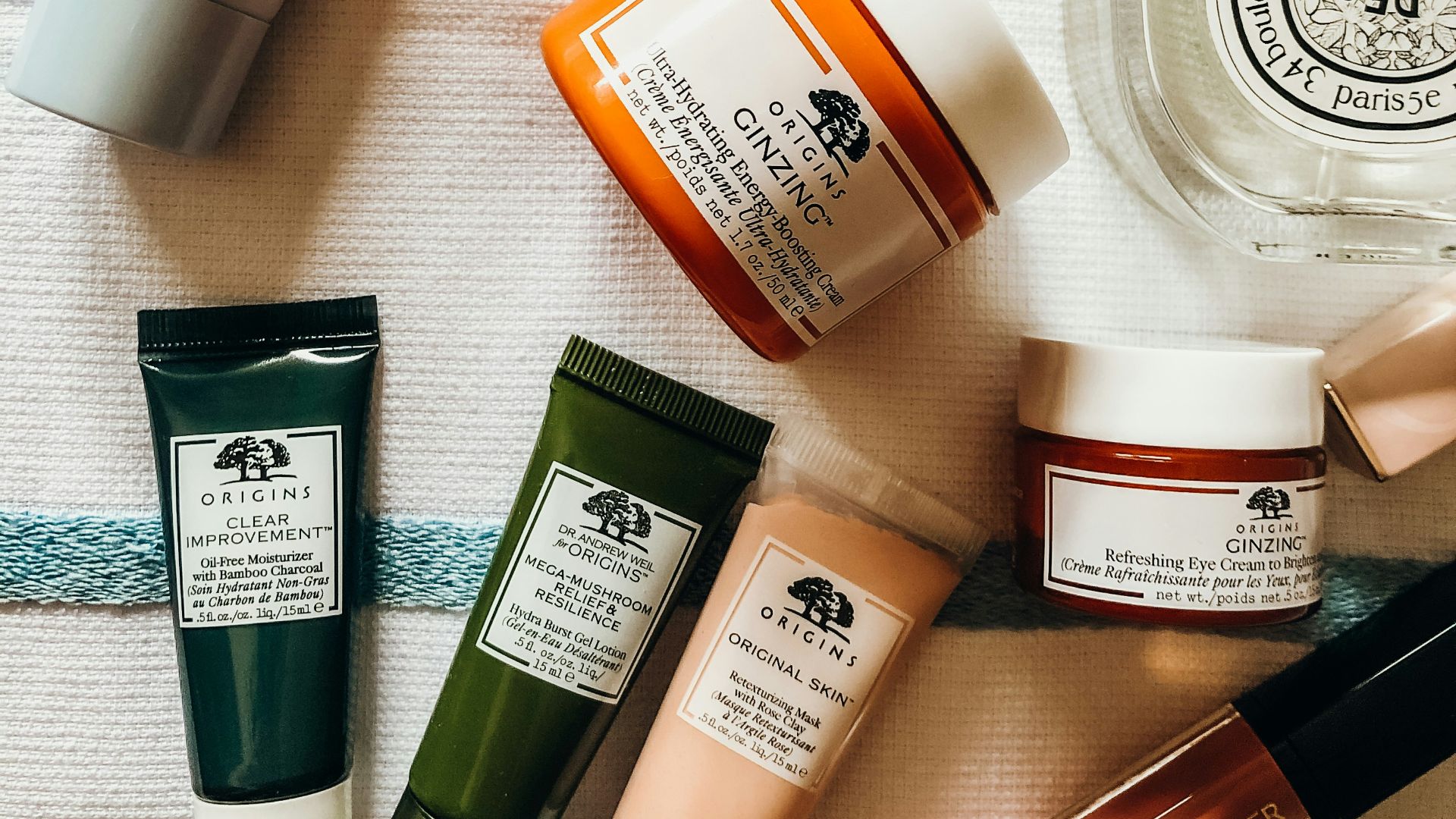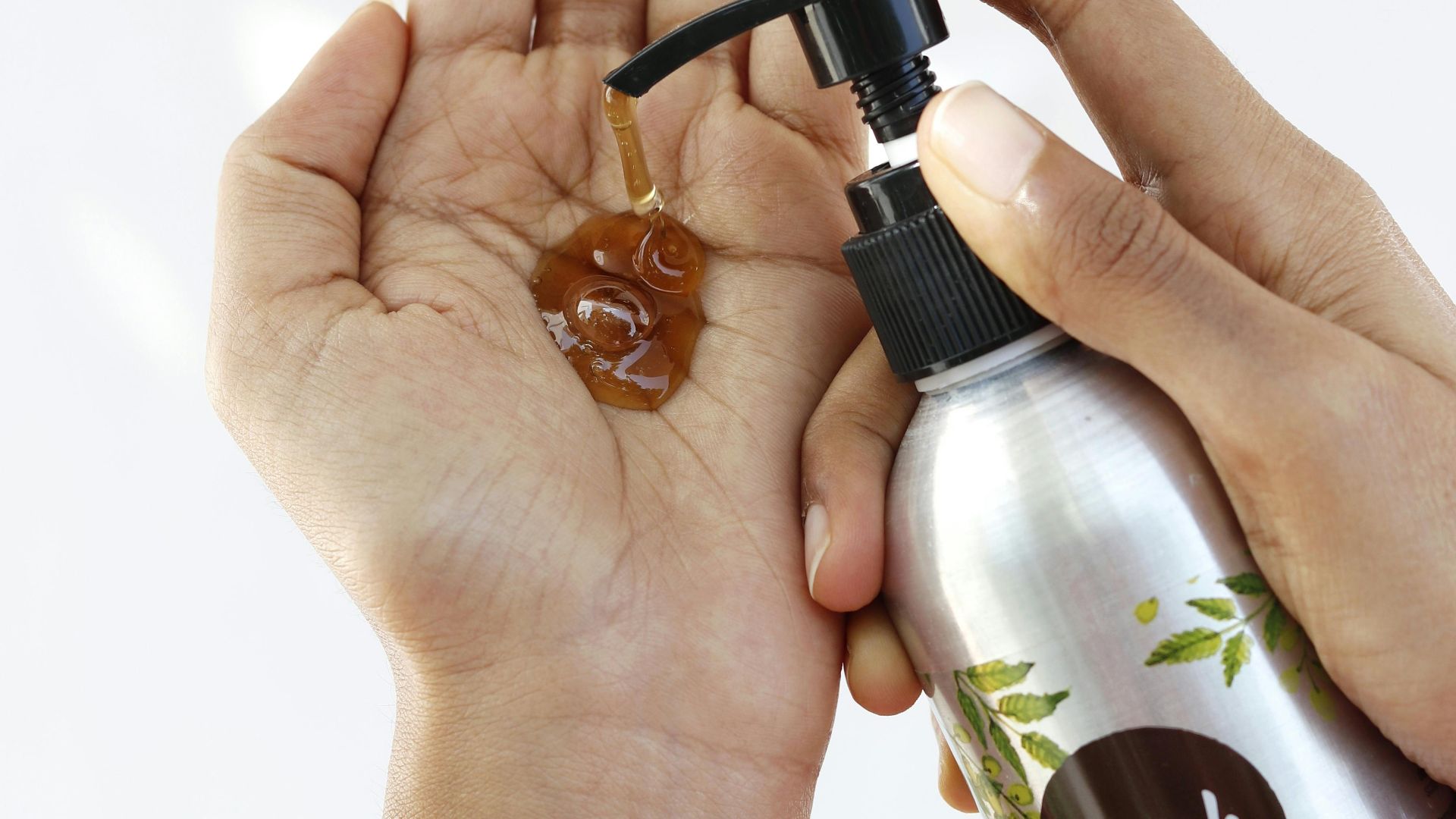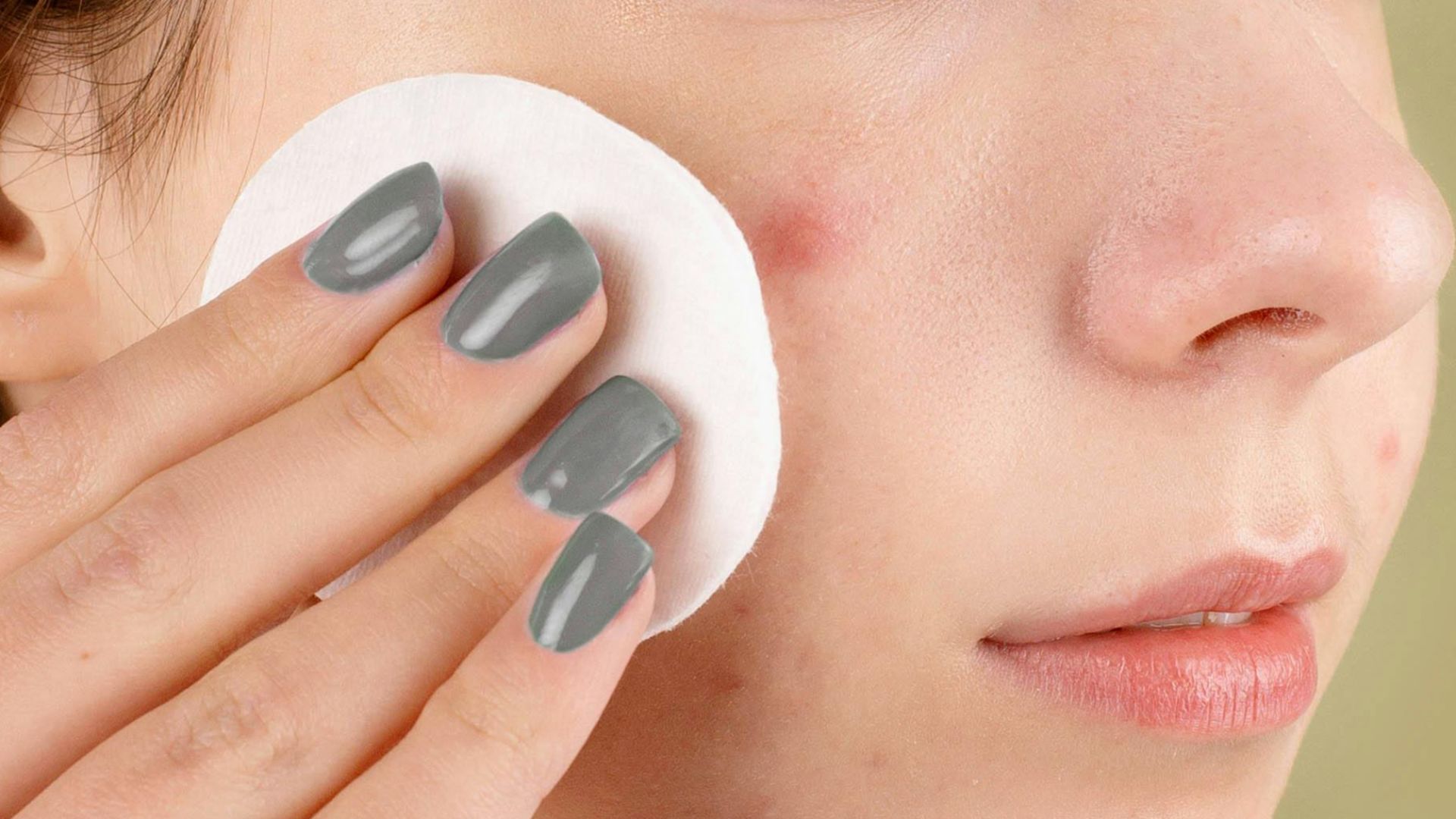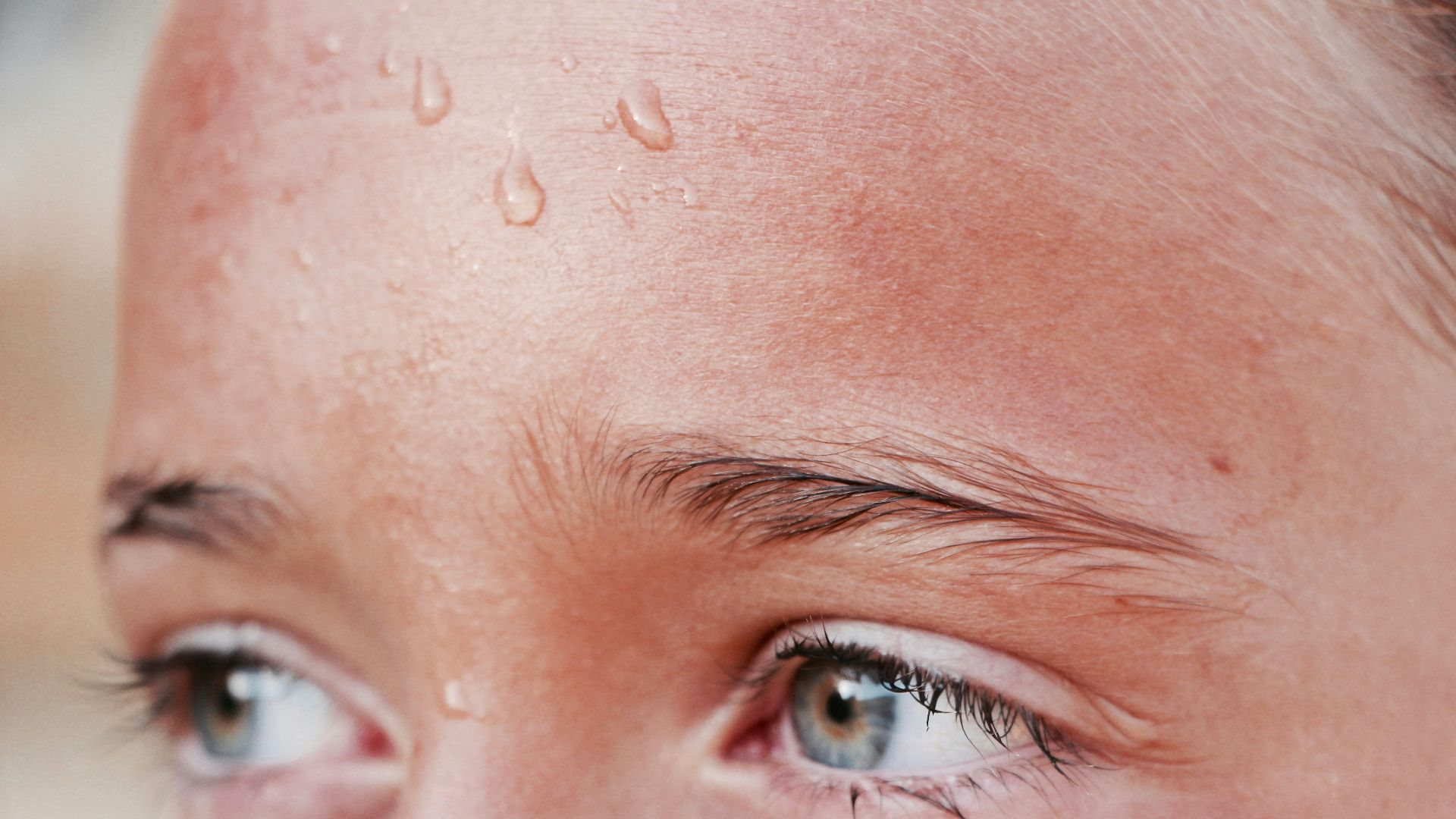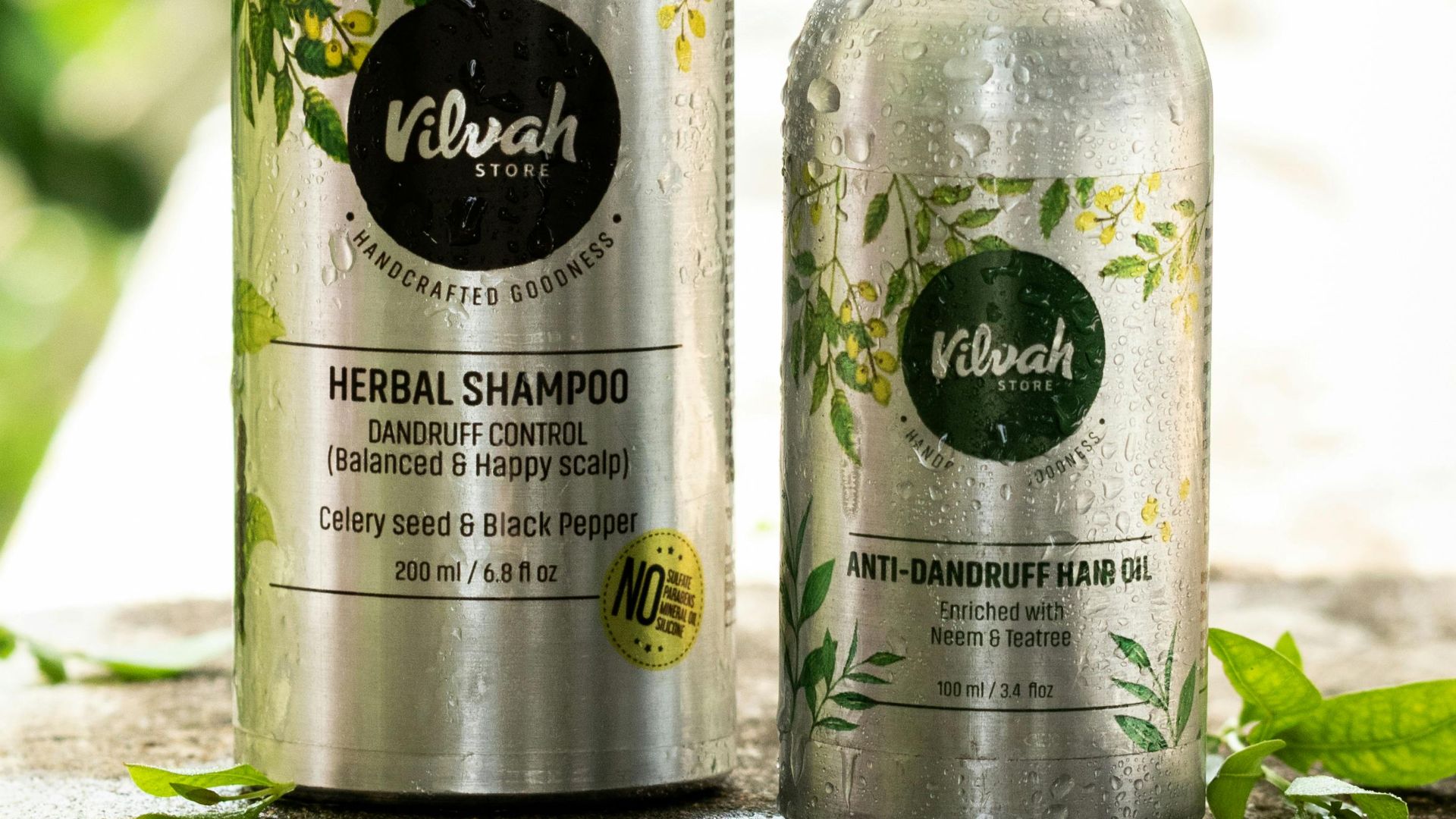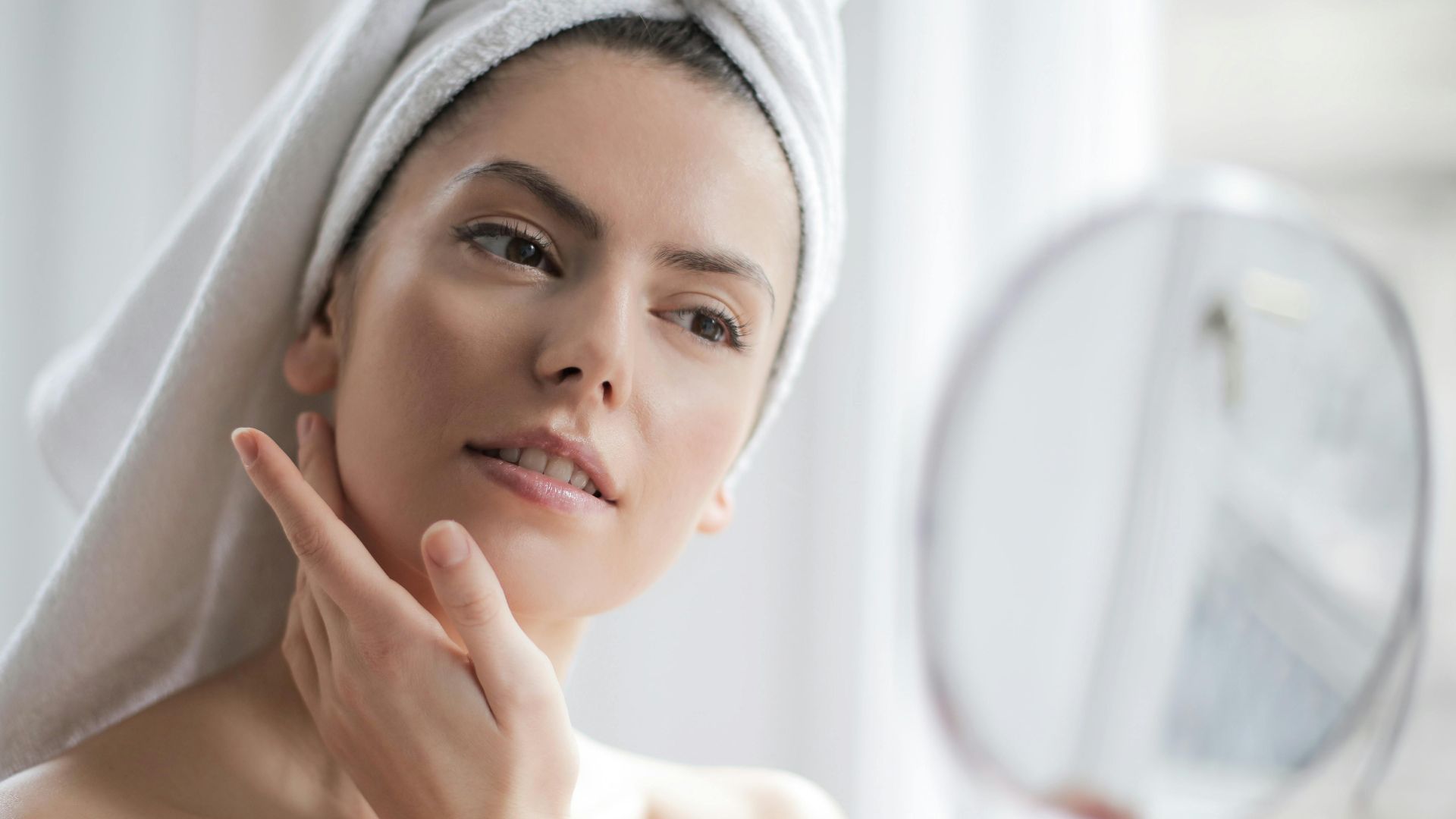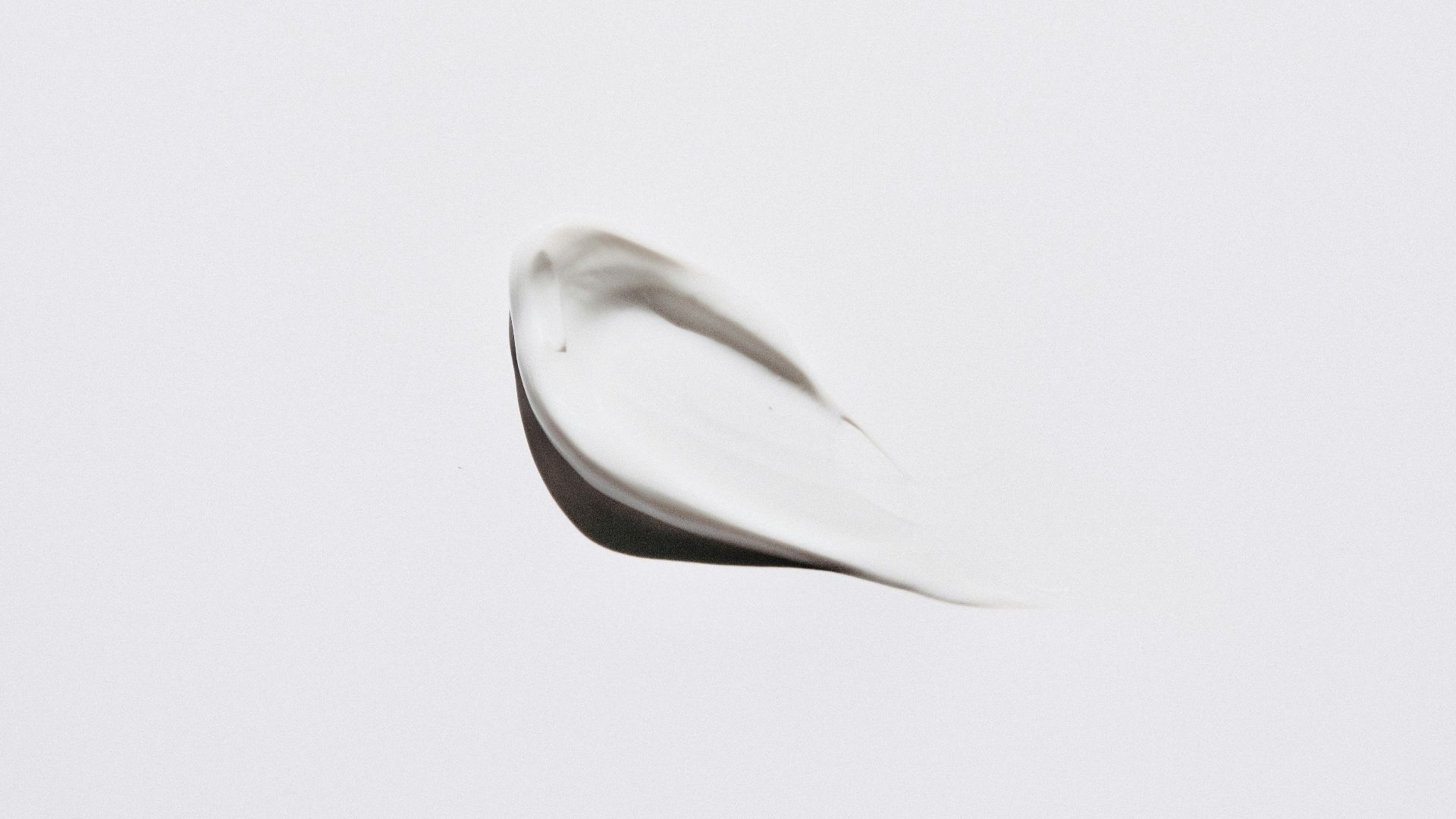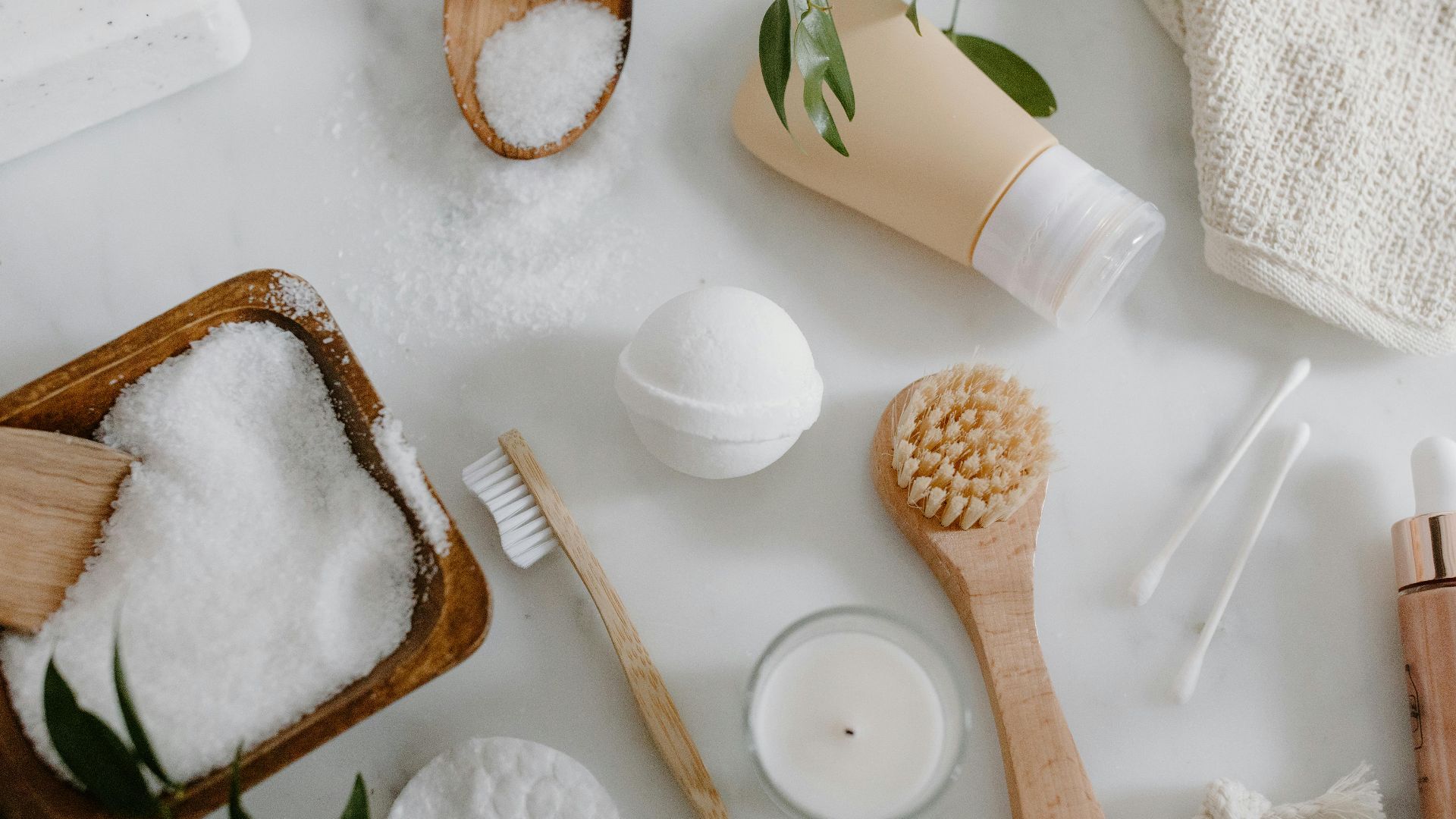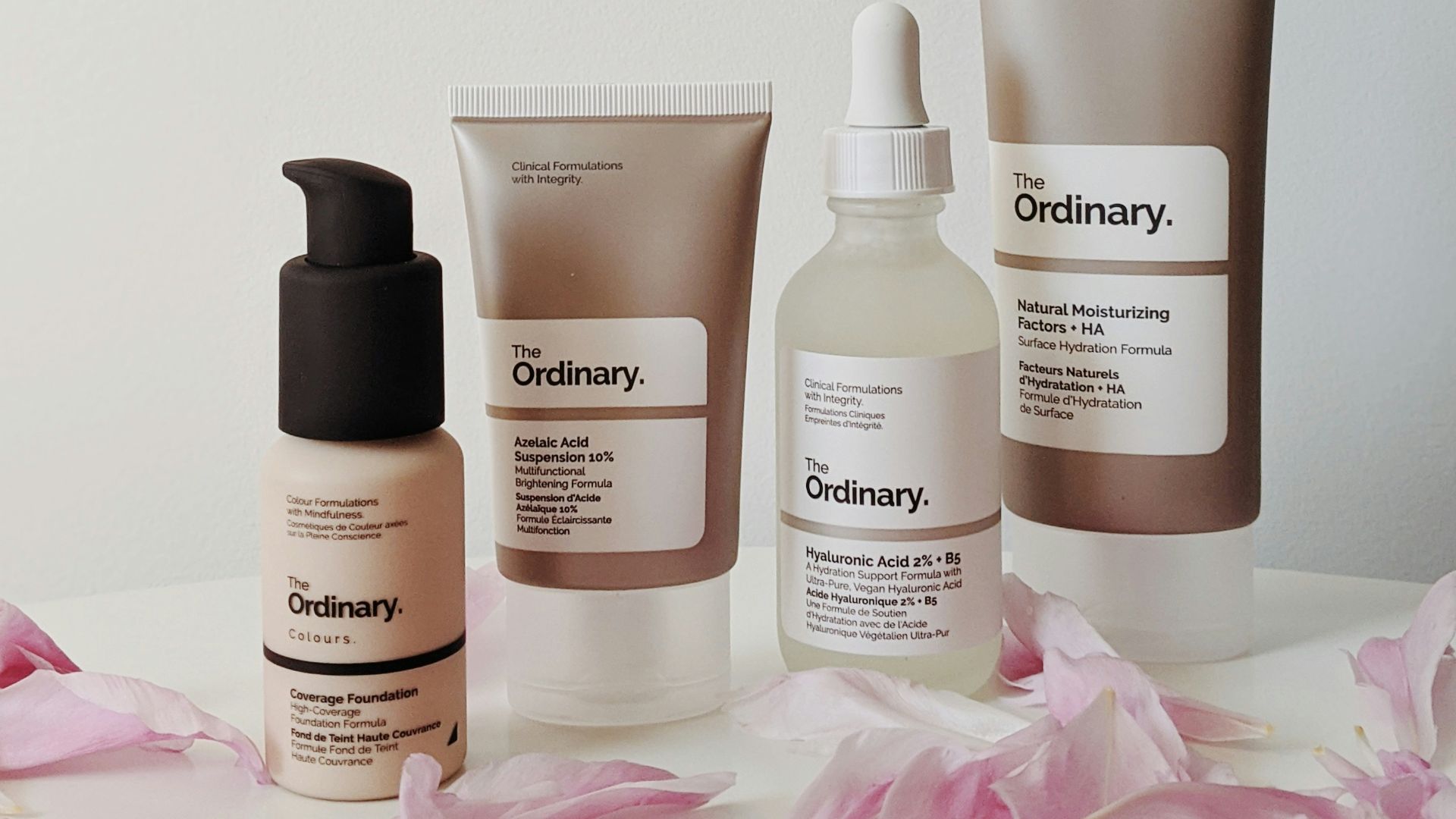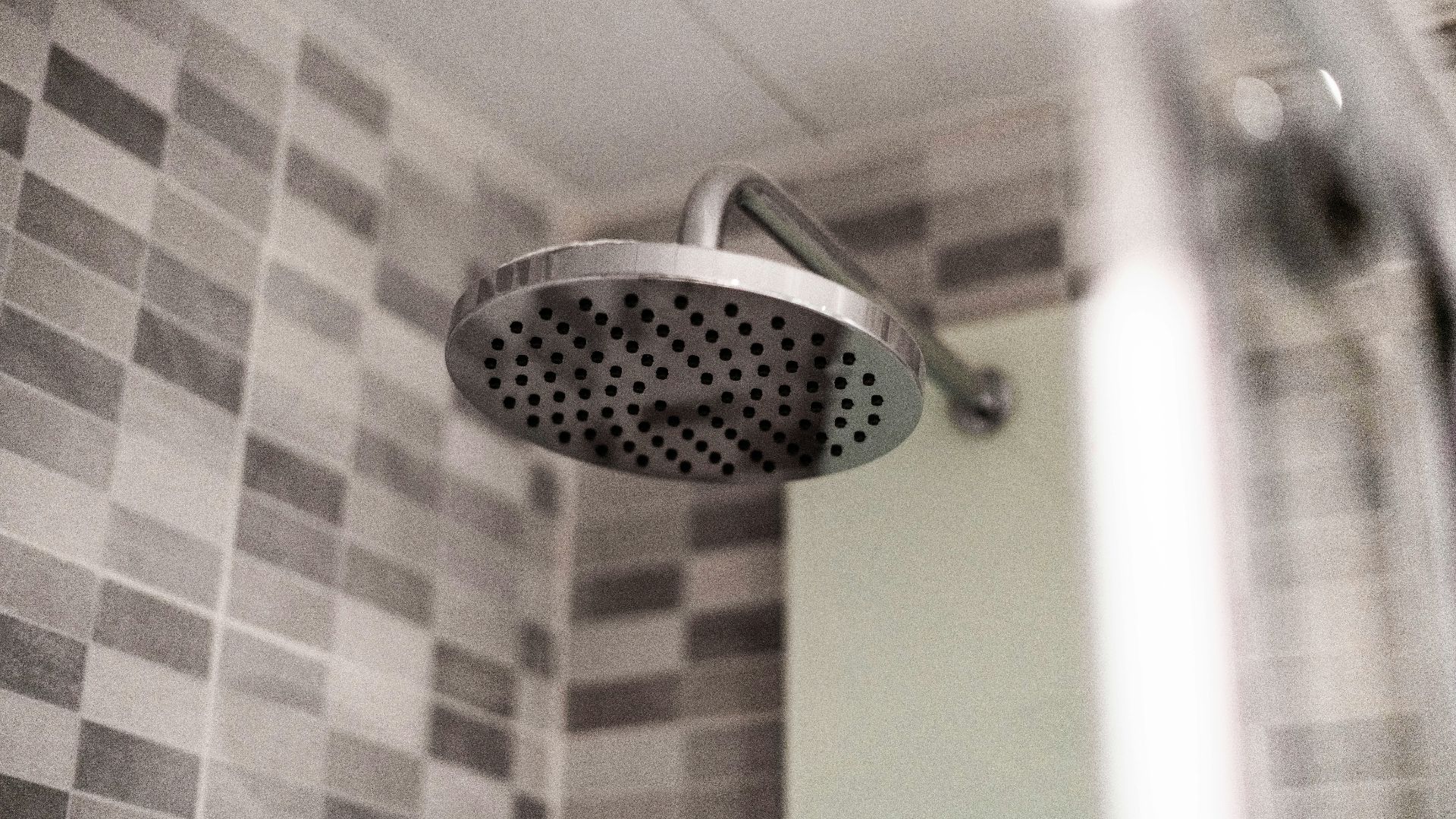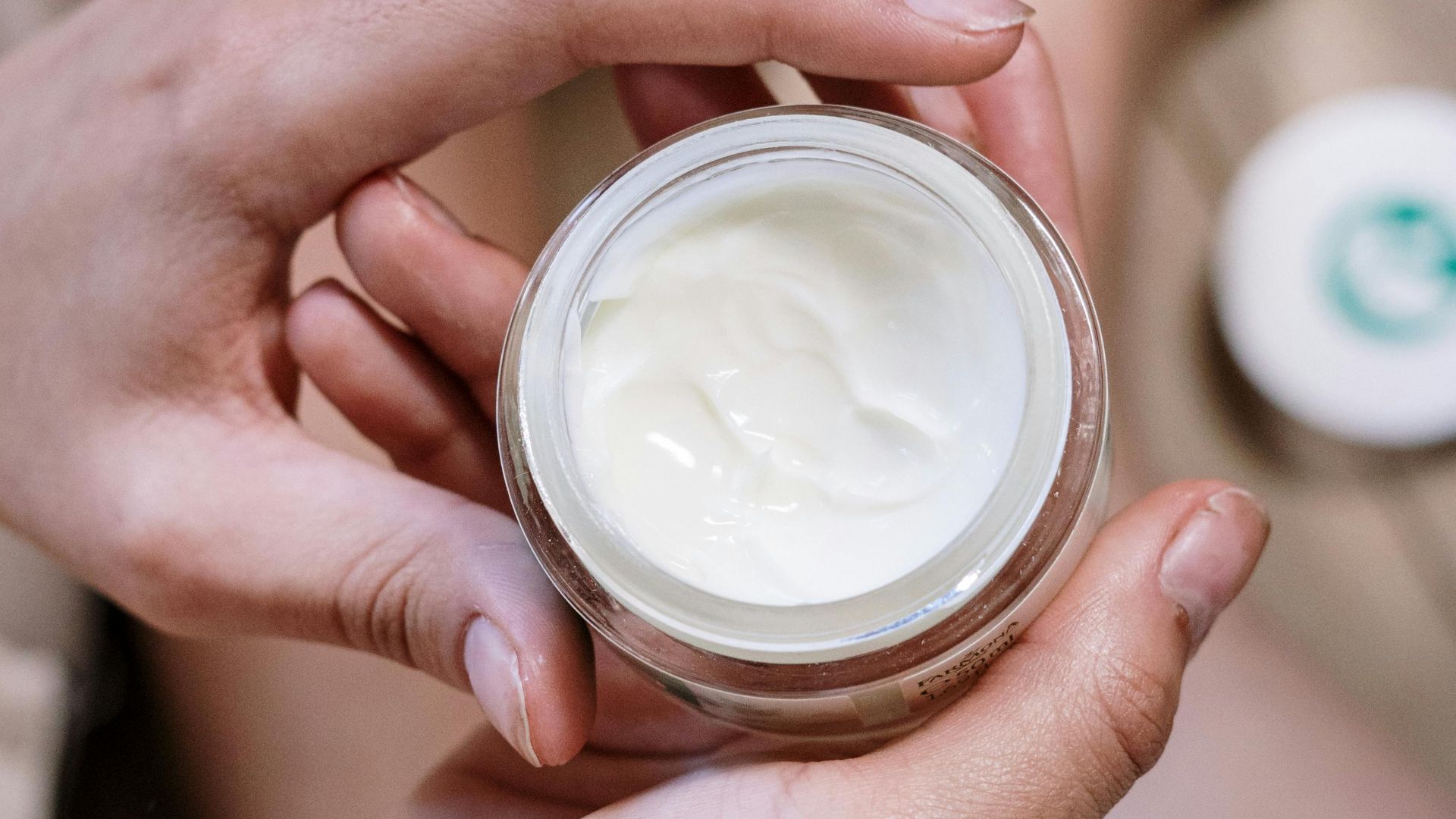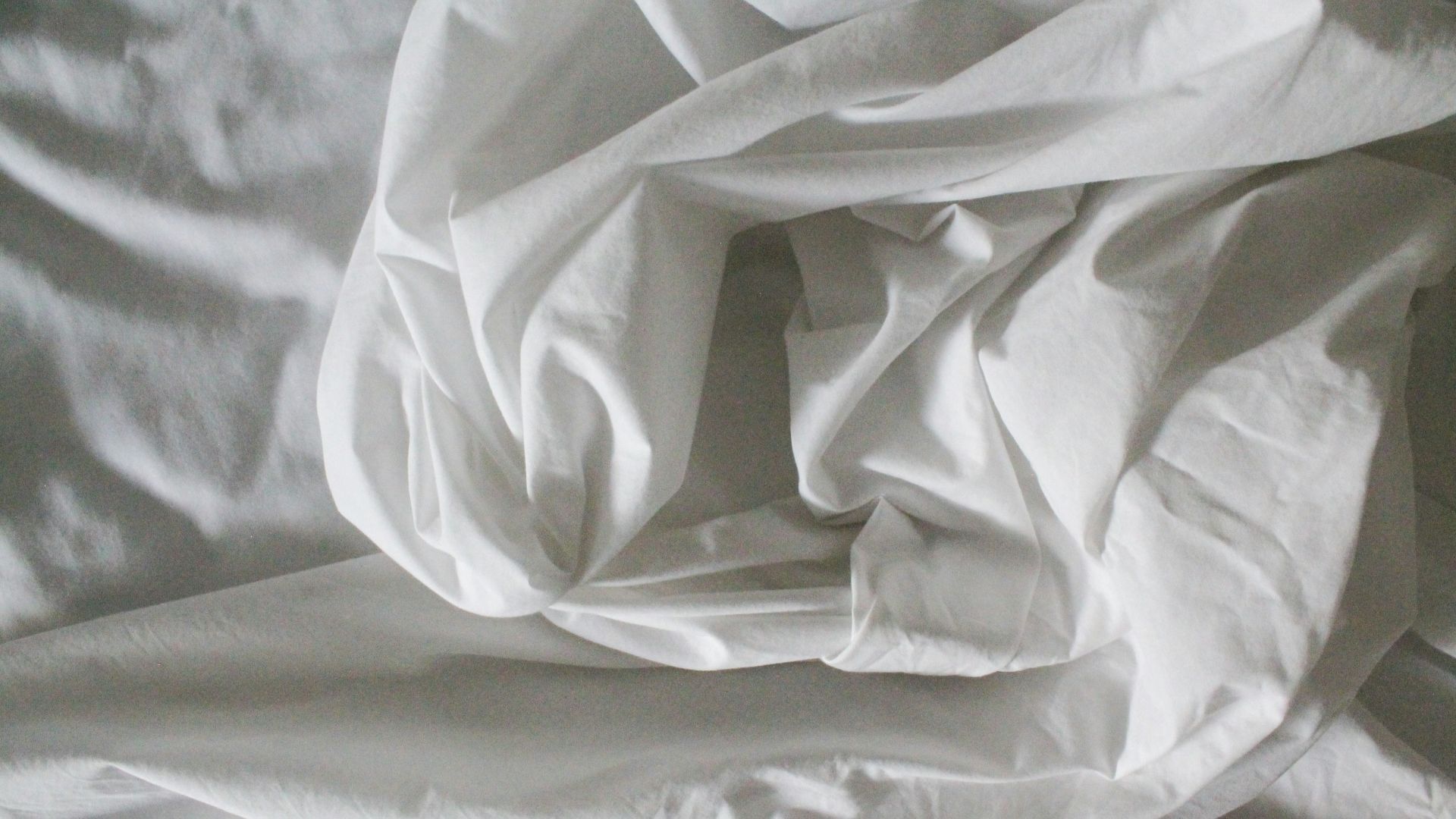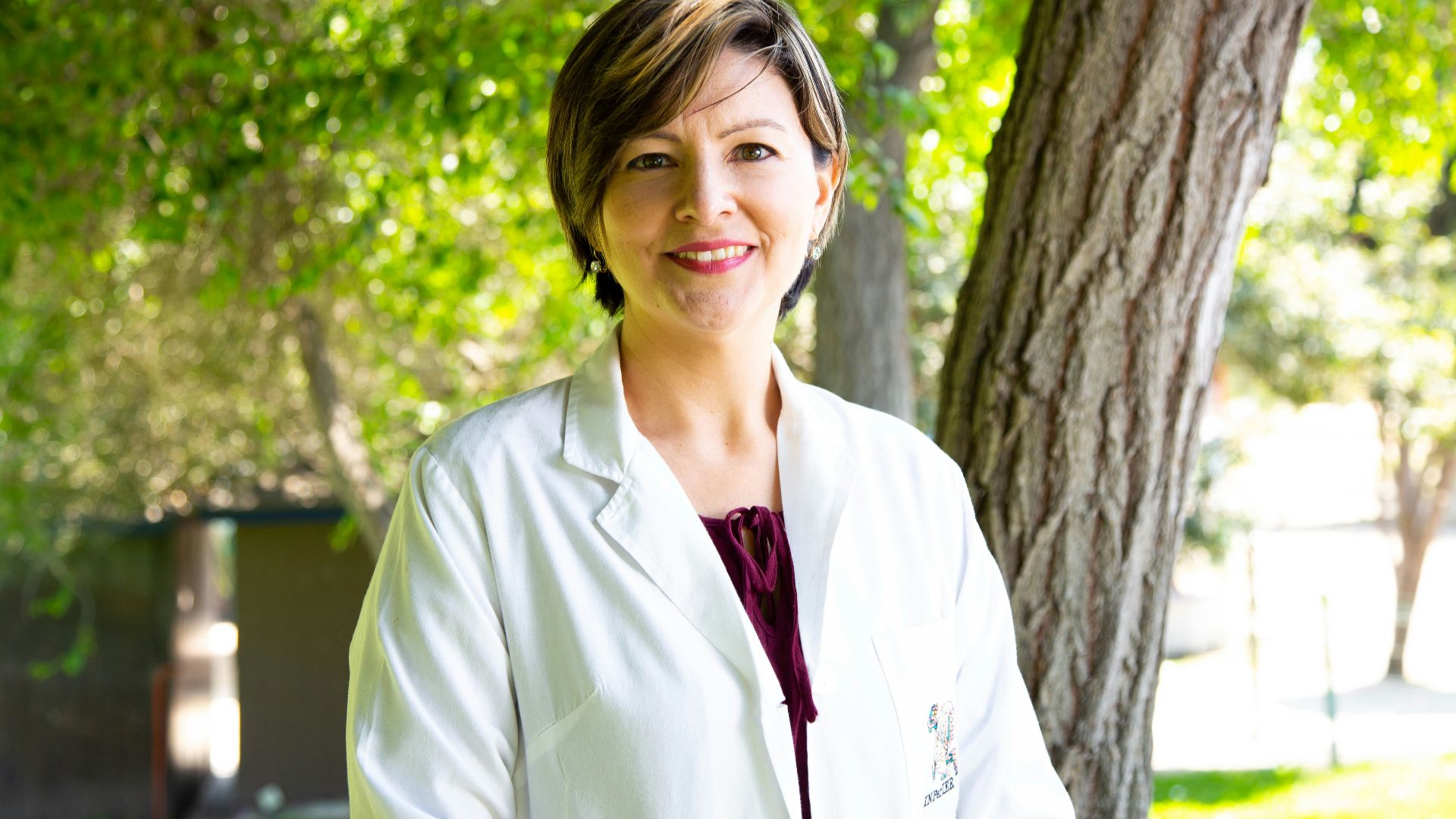Bacterial or Fungal Acne?
Regular bacterial acne is tough enough to deal with, but when your flare-up is caused by an overgrowth of yeast, it can make things even trickier to handle. But how can you tell whether your breakout is bacterial or fungal, and if it's the latter, what helps heal your skin? If you suspect you might have fungal acne, here are 10 telltale signs to look out for, and 10 tips to treat it effectively.
1. Tiny, Uniform, Clustered Bumps
Fungal acne often appears as tiny, uniform (similar in size and shape) bumps that are clustered together. These bumps are often red and may sometimes have a red border or ring around them, which indicates that the hair follicle is inflamed.
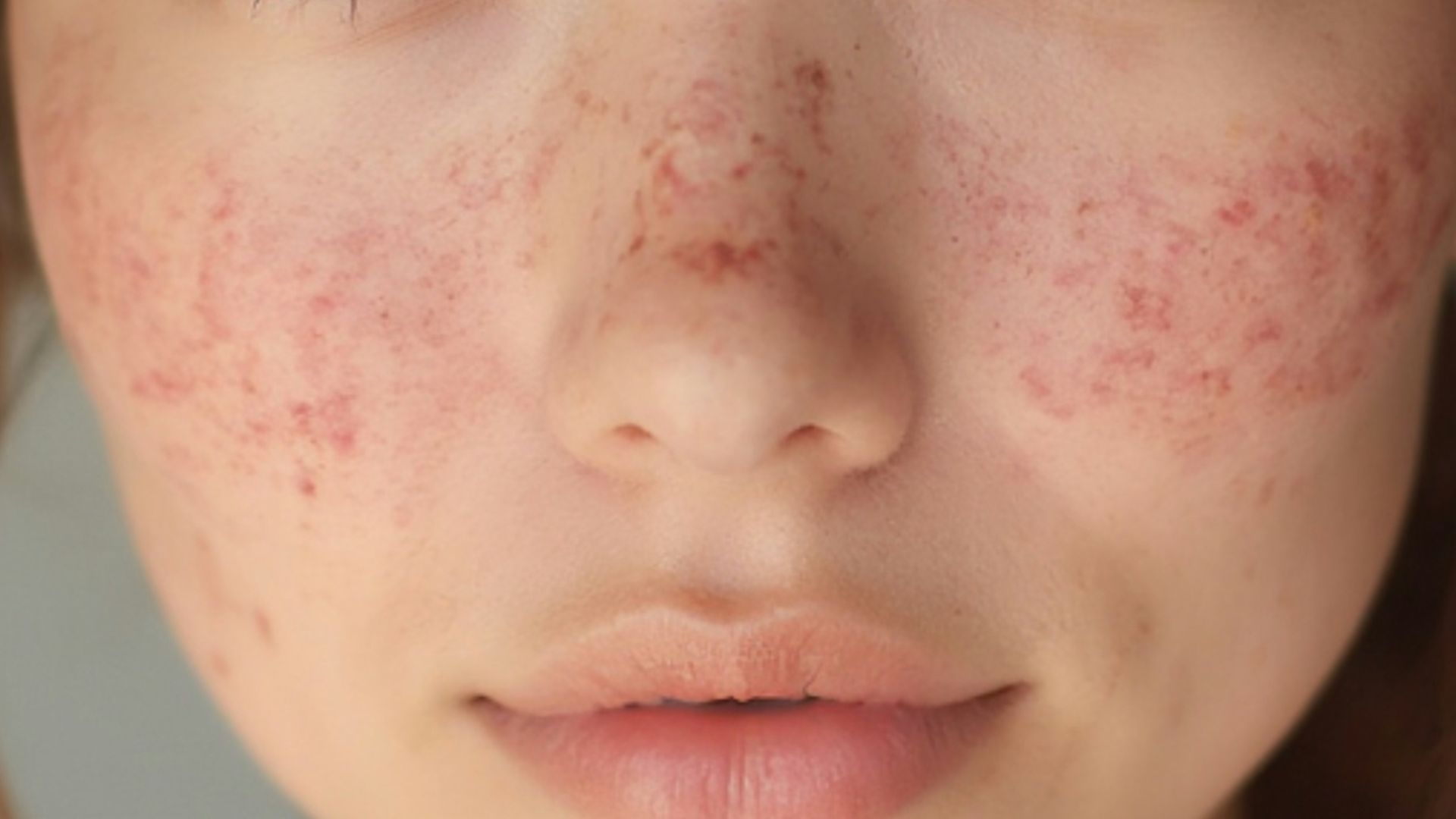 MUTHIA ASHIFA SALSABELLA on Unsplash
MUTHIA ASHIFA SALSABELLA on Unsplash
2. Itchiness
Since bacterial acne isn't itchy, a major telltale sign that you might be dealing with something fungal-related instead is if your breakouts are itchy. Your skin may also feel burning or painful to the touch, though this can differ from person to person.
3. Breakouts on the Forehead, Jawline, Chest, Neck, & Back
Fungal acne often appears on the face, namely on the forehead and around the jawline, as well as the chest, neck, back, and shoulders. If you recently got a new haircut and more of your strands are touching your face, that might trigger a breakout. The same goes for exercising intensely in hot, humid weather with tight workout clothes on.
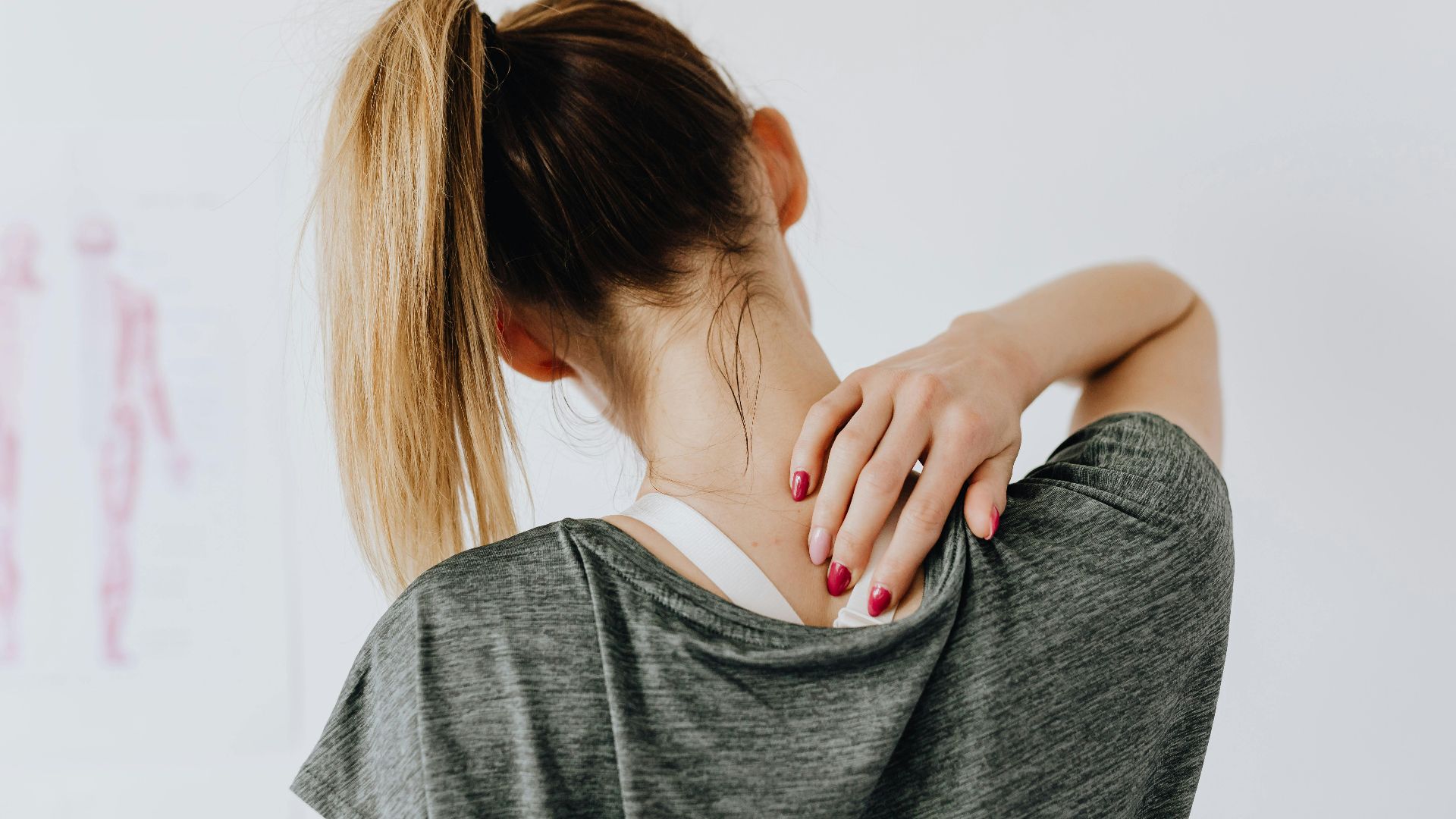 Photo By: Kaboompics.com on Pexels
Photo By: Kaboompics.com on Pexels
4. Persistent Flare-Ups
Fungal acne doesn't go away easily without proper treatment. This means you'll often see small improvements—only for your skin to flare up again. Unless you treat the root of the problem, the fungus, your breakouts will only continue to come back.
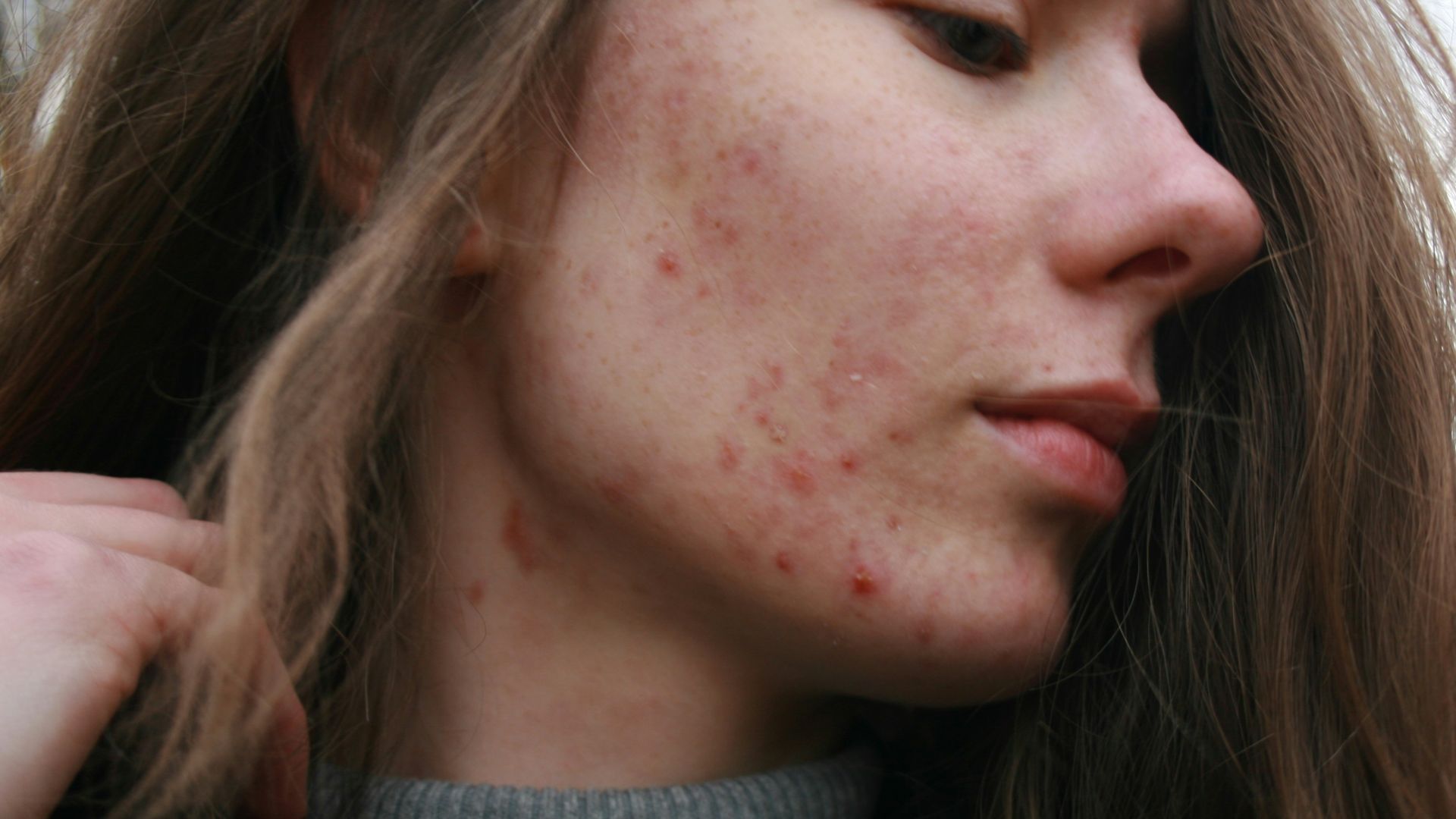 Barbara Krysztofiak on Unsplash
Barbara Krysztofiak on Unsplash
5. Worsens with Regular Acne Treatments
Fungal acne doesn't respond to regular acne treatments that are designed for bacterial breakouts. This is because the ingredients in these products don't kill the fungus that's causing the problem. Even if you do see minor improvements, your skin will likely flare up again shortly after.
6. Improves with Antifungal Treatments
Another telltale sign that the breakout you're dealing with is fungal and not bacterial is if it improves with antifungal treatments. If you apply dandruff shampoo or other antifungal creams to your skin and it has an immediate effect, it's likely fungal acne.
7. No Whiteheads or Blackheads
While fungal acne may sometimes have pustules, it's more often that it shows up with no comedones. This means there are no whiteheads or blackheads—just bumpy, red, itchy, inflamed skin. However, keep in mind that how fungal acne shows up can vary from person to person.
8. Excessive Sweating or Heat Worsens It
As mentioned, sweat and heat can worsen it, especially if you're wearing tight-fitting clothing. This is because the combination of moisture and heat creates an optimal environment for the fungus to grow and spread, and tight clothing makes it even more favorable by trapping that moisture and heat in.
9. You Have Dandruff
If you already deal with dandruff, you may be more likely to develop fungal acne. The overgrowth of the same fungus—malassezia yeast—that causes dandruff on the scalp is what also triggers fungal breakouts on the skin, which is why using dandruff shampoo as a treatment may work.
10. You Have Oily Skin
People with oily skin tend to be more prone to fungal acne. This is because the yeast that causes these breakouts feeds off sebum, or skin oil. If you tend to use more oil-based skincare products, that can also trigger fungal flare-ups.
So, how do you treat fungal acne? Here are 10 tips that might help.
1. Wear Loose Clothing
The last thing you want to do is to trap sweat and heat and have your clothes stick to your skin. This, as we've mentioned, creates the perfect breeding ground for fungus to grow and spread. If you're planning to head out on a hot day, opt for looser clothing.
2. Use Dandruff Shampoo
Dandruff shampoo will be your number one hero when it comes to fungal acne, as the active ingredient in it is designed to kill the same yeast, malassezia. Apply it as either a cleanser or mask, but remember not to leave it on for too long, as dandruff shampoo can dry out the skin.
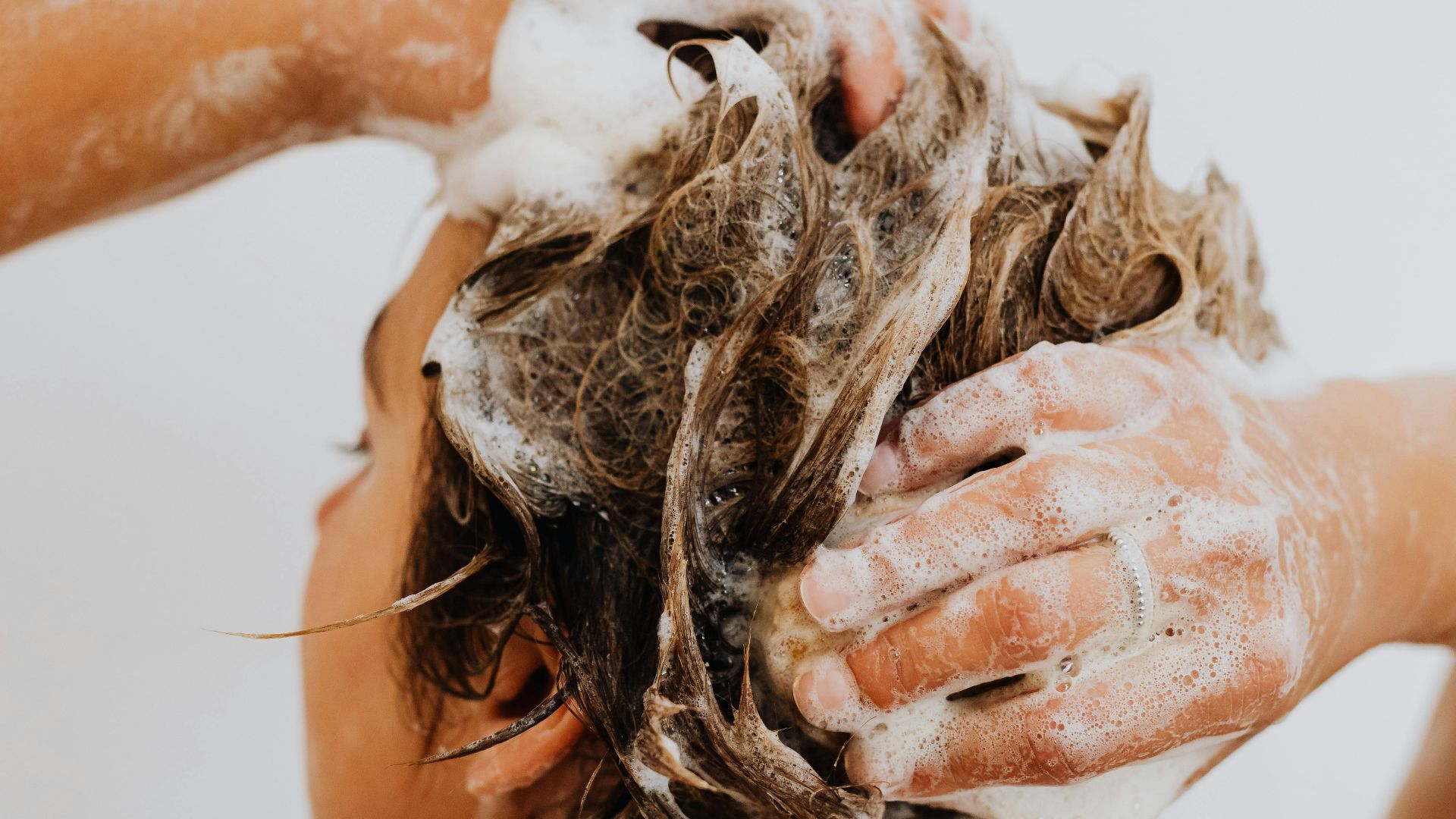 Photo By: Kaboompics.com on Pexels
Photo By: Kaboompics.com on Pexels
3. Use Athlete's Foot Cream
You can also try other topical treatments if you don't want dandruff shampoo to be your only method. Athlete's foot cream contains clotrimazone, an antifungal ingredient that can help treat fungal acne since athlete's foot is caused by a similar fungus. Try applying the cream to affected areas twice daily, but discontinue use if your breakouts don't improve or get worse.
4. Exfoliate Regularly
Since fungal acne feeds off sebum, you don't want your skin to pile up with dead skin cells, dirt, and oil. So, make sure to exfoliate regularly with a cleanser that's fungal acne safe, meaning it doesn't contain any ingredients that feed the yeast.
5. Swap Out Your Skincare Products
Speaking of ingredients that can feed the yeast, you'll want to double-check your skincare products and swap out any that only exacerbate the flare-up. Make sure to do thorough research online to see which products are and aren't fungal acne safe, so you're not inadvertently making your situation worse.
6. Shower After Exercising
After exercising or sweating, hop into the shower. Or, if you can't rinse off immediately, wipe your body down with cleansing sheets to get rid of excess oil, dirt, and perspiration, so that the fungus doesn't have the environment to grow.
7. Use a Prescription-Strength Cream
If over-the-counter treatments, like dandruff shampoo and athlete's foot cream, don't have any effect on your fungal acne, you may want to use a prescription-strength one instead. Chat with your doctor or dermatologist to get an antifungal cream like ketaconazole 2% to clear up your skin.
8. Use Tea Tree Oil
Known for its antifungal properties, tea tree oil may be a great topical solution for fungal breakouts. Make sure to dilute it with a carrier oil, like MCT or squalane, and apply to affected areas. However, since some may experience allergic reactions, it's best to patch test first.
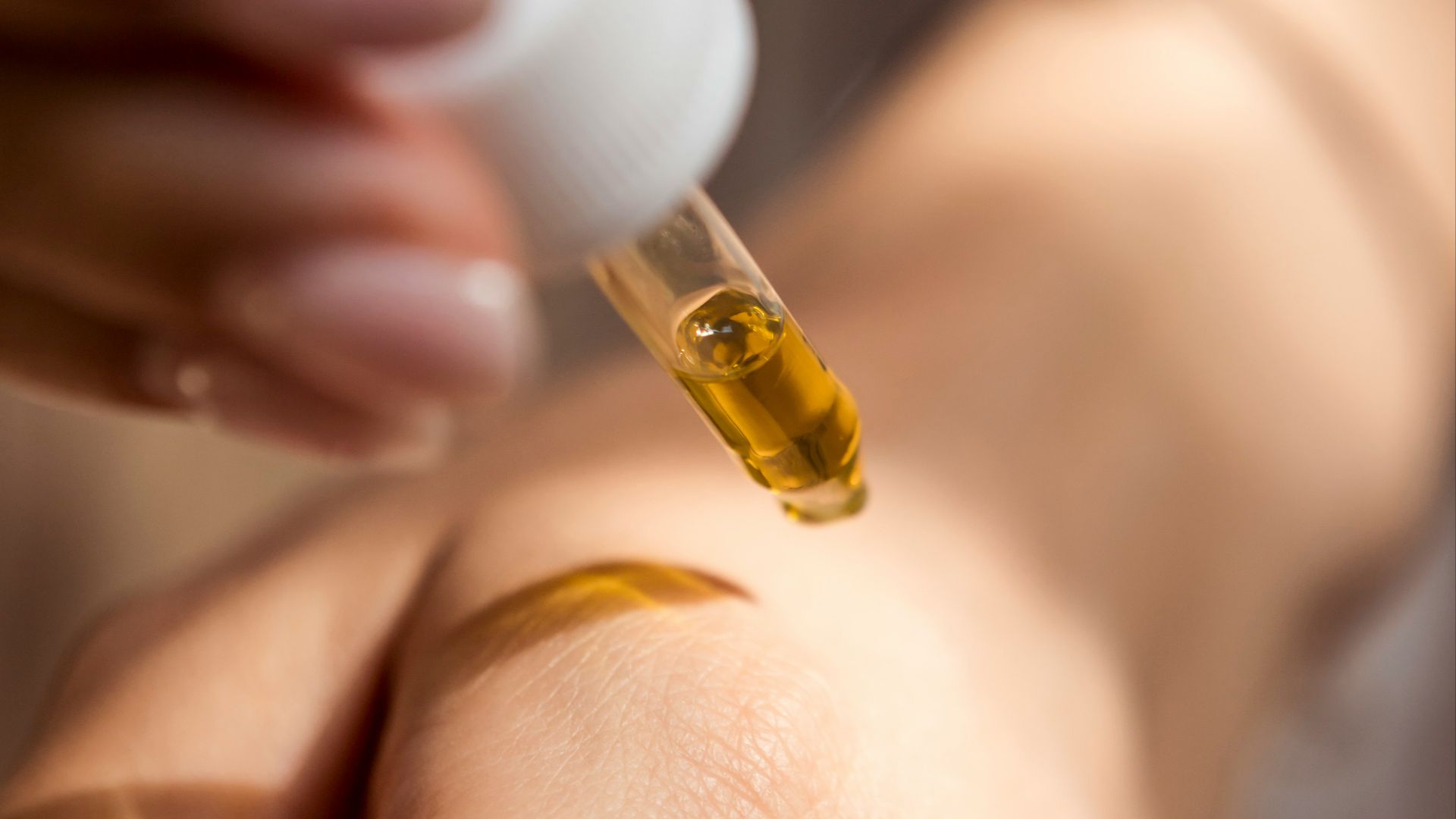 Enecta Cannabis extracts on Unsplash
Enecta Cannabis extracts on Unsplash
9. Wash Your Sheets & Clothes Regularly
Just as you don't want oil and dirt to build up on your skin, you don't want your sheets to be tracked with debris that can cause reinfections or worsen your condition. Make sure to wash your clothes and sheets every week to prevent the yeast from growing and spreading.
10. Consult a Dermatologist
If you're still not seeing any improvements after trying different methods, consult your dermatologist to see what the next best course of action is. They'll be able to understand what your skin needs, and may be able to prescribe something stronger to help.


